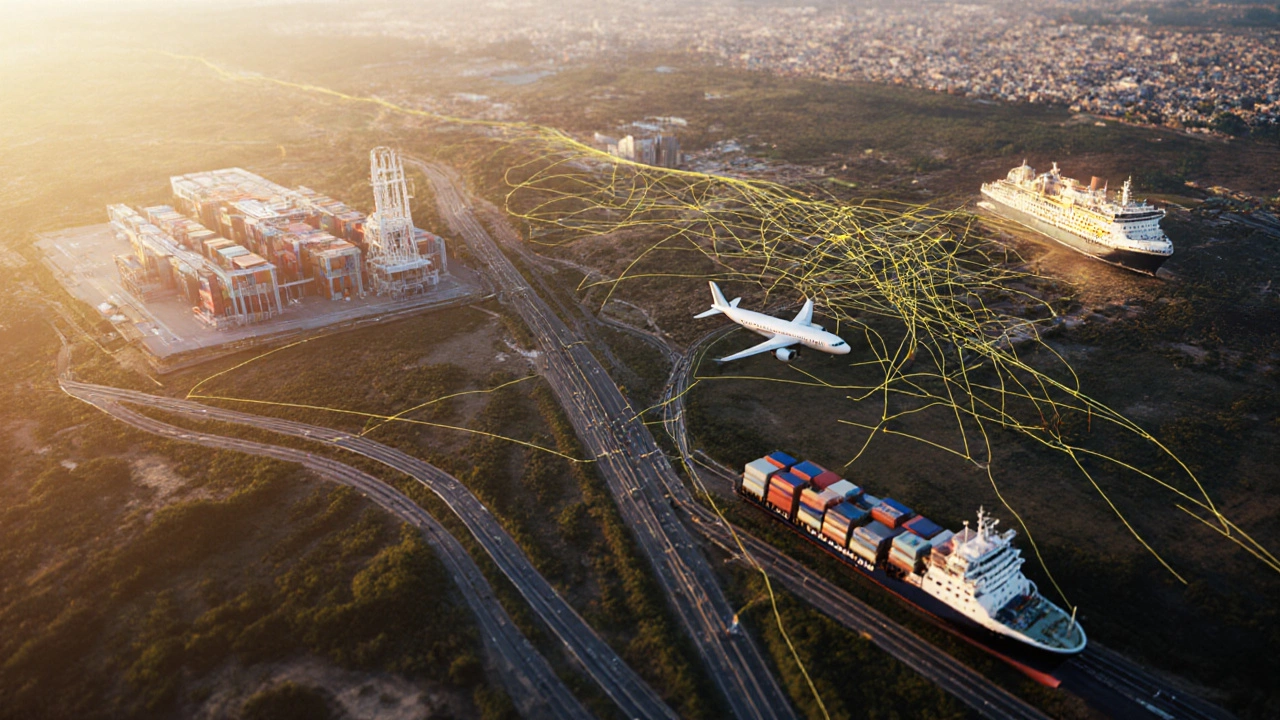Distribution Logistics
When working with distribution logistics, the coordinated movement of goods from manufacturers to the hands of customers. Also known as distribution network, it blends planning, technology, and execution to keep shelves stocked and orders on time. The backbone of this process is a solid Warehouse Management System (WMS), which organizes inventory, directs picking routes, and tracks stock levels in real time. Complementing the WMS, a Transportation Management System (TMS) optimizes carrier selection, route planning, and freight cost calculation. Together, these tools form the digital engine that powers modern distribution logistics.
Key components of distribution logistics
One of the most visible parts of distribution logistics is last mile delivery. This is the final stretch that gets a package from a local hub to a doorstep, and it often decides whether a customer becomes a repeat buyer. Companies use real‑time tracking, dynamic routing, and crowdsourced couriers to shrink delivery windows and cut costs. Meanwhile, e‑commerce logistics focuses on the unique challenges of online retail, such as rapid order turnover, multiple fulfillment centers, and high return rates adds another layer of complexity. The rise of same‑day and next‑day promises means distribution networks must be flexible enough to reroute shipments on the fly and scale up during peak seasons.
Our collection of articles below dives into the nitty‑gritty that makes distribution logistics tick. You’ll find a deep dive on UPS package size limits, a side‑by‑side comparison of WMS vs ERP, and real‑world tips on negotiating warehouse salaries. There’s also a look at the stress points of freight forwarding, a cost breakdown for UK pallet deliveries, and a guide to building an e‑logistics digital supply chain. Whether you’re a startup eyeing a delivery business or a seasoned manager tweaking your TMS settings, the posts cover the full spectrum—from tech choices to operational best practices. Ready to sharpen your distribution strategy? Keep scrolling to uncover practical advice, data‑driven benchmarks, and actionable steps that you can apply today.
Understanding the 3 Types of Logistics: A Clear Guide
Learn the three core logistics types-transportation, warehouse, and distribution-and how they work together. Get clear definitions, real‑world examples, software tips, and a handy comparison table.
Read More